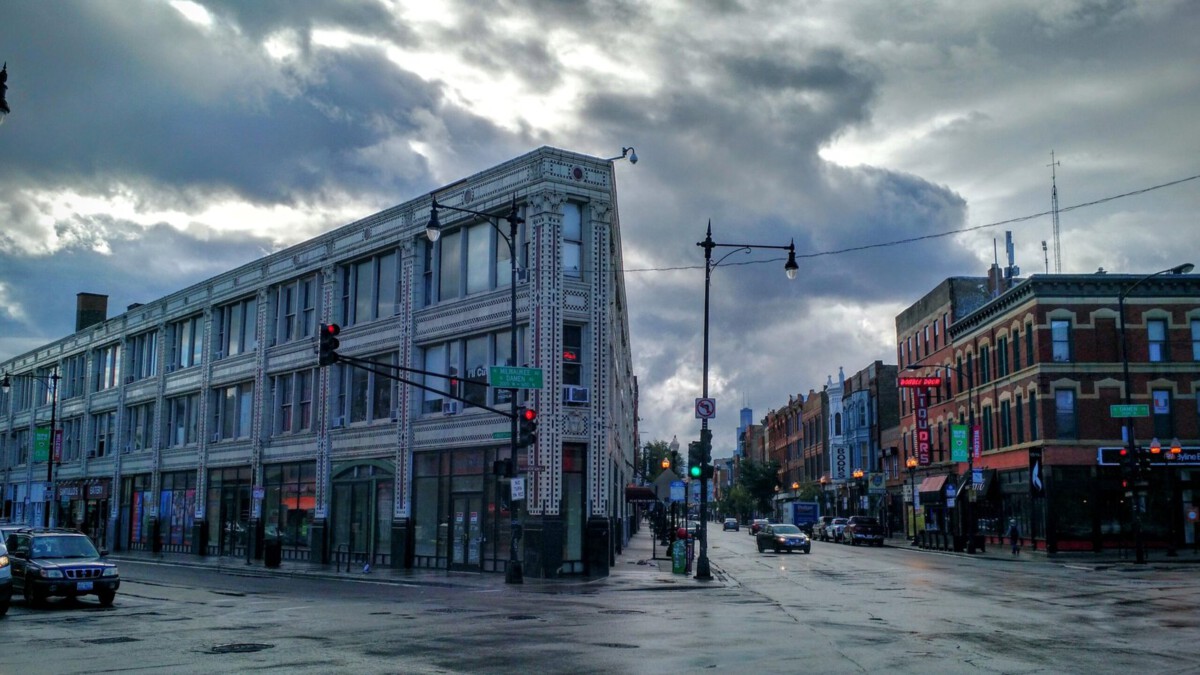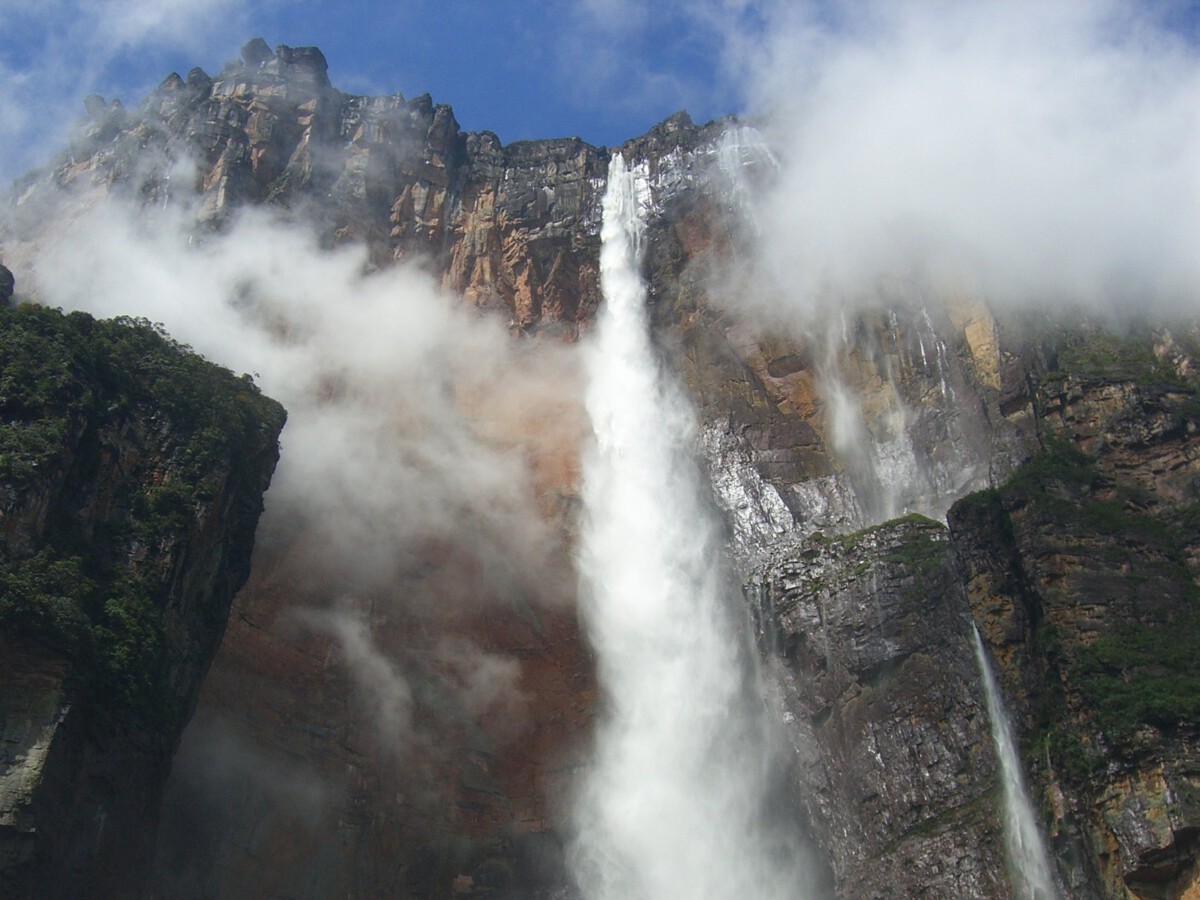New York City, New York

New York City stands as a walker’s dream, with a sky-high walk score of 89 that keeps it near the top of every urban explorer’s list. Busy streets buzz with energy, and almost every block hides a new adventure, whether it’s a quirky café or a world-famous museum. The subway system crisscrosses the city, but many choose to walk, allowing them to really feel the pulse of Manhattan or the creative spirit of Brooklyn. According to the NYC Department of Transportation, pedestrian injuries have dropped by 40% since 2014, thanks to safer crosswalks and slower traffic zones. Central Park, Times Square, and the High Line are only a few steps away for most, making spontaneous detours easy and tempting. Guided walking tours reveal hidden gems and stories, while the city’s diverse cultures unfold at every corner. Locals and visitors alike are often seen discovering new eateries or art installations on foot. New York’s blend of history, modernity, and walkability creates an electrifying environment for anyone eager to explore.
San Francisco, California

San Francisco’s walk score of 86 makes it one of America’s most pedestrian-friendly cities, even with its legendary hills. The city’s neighborhoods, from the bustling Mission District to the Italian flavor of North Beach, are packed with restaurants, galleries, and unique shops. The Golden Gate Park offers miles of pathways, inviting walkers to enjoy gardens and lakes right in the heart of the city. According to city records, pedestrian fatalities have been reduced by 25% since Vision Zero began, showing the city’s dedication to making streets safer. The famous Embarcadero is perfect for a waterside walk, while cable cars and buses fill in the gaps for tired feet. Annual events like the Bay to Breakers run turn the streets into celebrations of urban life. San Francisco’s rich history is reflected in its architecture and street art, making each stroll a journey through time. Explorers here get a workout for both their legs and their senses.
Boston, Massachusetts

With a walk score of 89, Boston is a haven for explorers who prefer to use their own two feet. The city’s compact size and winding streets make every walk feel like a trip back in time, especially along the famous Freedom Trail. This 2.5-mile path links 16 historic sites, allowing walkers to trace the roots of American history. Neighborhoods like Beacon Hill and the North End are filled with brick sidewalks, gas lamps, and charming cafés. WalkBoston, a local nonprofit, reports that walking is the most popular mode of travel in the city, beating out cars and bikes. The city’s vibrant culinary scene is best discovered on foot, with Italian bakeries and seafood shacks never far away. Seasonal events, such as the iconic Boston Marathon, bring crowds and energy to the streets. Bostonians’ pride in their city and its walkability is clear with every step.
Washington, D.C.

Washington, D.C. boasts a walk score of 77 and a city layout designed by Pierre L’Enfant with wide boulevards and open green spaces. The National Mall is the centerpiece, with world-famous monuments and the Smithsonian museums all within easy walking distance. According to the District Department of Transportation, walking and biking have surged by 30% since 2010, as the city invests in safer infrastructure. Neighborhoods like Georgetown and Capitol Hill are lined with cobblestone streets and historic homes, perfect for a leisurely stroll. The city regularly upgrades crosswalks and sidewalks to keep pedestrians safe. Annual events such as the National Cherry Blossom Festival draw crowds to explore the city’s parks on foot. D.C.’s thriving food and arts scenes are easily accessible without ever needing a car. Whether exploring government buildings or hidden gardens, walkers find endless reasons to keep moving.
Seattle, Washington

Seattle holds a walk score of 74, reflecting its dedication to pedestrian-friendly living. The city’s neighborhoods, like Capitol Hill and Ballard, are alive with independent shops, trendy restaurants, and lively parks. The waterfront offers unforgettable views of the Puget Sound, inviting walkers to take in the salty air and city skyline. Since 2015, investment in better sidewalks and safer intersections has led to a 20% increase in walking, according to city reports. Seattle’s local food markets and cafes are best discovered on foot, offering everything from fresh seafood to global cuisine. Annual events like the Seattle International Film Festival inspire both locals and tourists to explore new corners of the city. Sustainability efforts promote walking as a healthy, eco-friendly choice. The city’s mix of nature and urban excitement keeps walkers coming back for more.
Chicago, Illinois

Chicago’s walk score of 77 highlights its many pedestrian-friendly neighborhoods and its lively downtown, known as the Loop. The Chicago Riverwalk is a favorite route for both tourists and locals, showing off stunning architecture and public art installations. The Department of Transportation notes a 15% increase in walking over recent years, thanks to improvements in crosswalks and traffic calming measures. Areas like Wicker Park and Lincoln Park offer unique shops, music venues, and cozy eateries, all within easy reach for those on foot. The city’s public transit system works hand-in-hand with walkability, making it simple to navigate from neighborhood to neighborhood. Events like the Chicago Air and Water Show bring thousands to the streets and parks every year. The blend of cultures and flavors is best experienced by wandering, rather than driving. Chicago’s reputation for walkability continues to grow with each new project and festival.
Philadelphia, Pennsylvania

Philadelphia’s walk score of 76 makes it a paradise for history buffs and food lovers alike. Its compact downtown means landmarks like the Liberty Bell and Independence Hall are only a short walk apart. According to the Department of Streets, pedestrian injuries have dropped by 25% since 2015, as the city focuses on safer crossings and better signage. Old City and Rittenhouse Square are known for their beautiful streets, lined with galleries, boutiques, and some of the city’s best restaurants. The vibrant arts scene spills onto the sidewalks, especially during events like the Philadelphia Flower Show. Walking is the best way to absorb the city’s colonial architecture and modern murals. Locals enjoy discovering new flavors from food trucks and family-owned eateries between errands or during festivals. Philadelphia’s walkability helps foster a sense of community and discovery.
Portland, Oregon

Portland’s walk score of 70 proves it’s more than just a city for cyclists; it’s a walker’s delight, too. Neighborhoods like the Pearl District and Alberta Arts District buzz with local shops, breweries, and colorful street art. The city’s focus on sustainability means wide sidewalks, frequent crosswalks, and plenty of green spaces. Since 2010, walking has increased by 30% as reported by the city, thanks to ongoing improvements in pedestrian infrastructure. Walking tours reveal Portland’s quirky side, from food carts to indie bookstores. The annual Rose Festival brings thousands together to parade and explore on foot. Public transportation, like the MAX Light Rail, makes it easy to switch from strolling to riding when needed. Portland’s laid-back vibe and creative energy show up best when explored at a walking pace.
Los Angeles, California

Though known for its car culture, Los Angeles surprises with walkable neighborhoods that rank it with a walk score of 66. Areas like Santa Monica and Downtown LA are especially pedestrian-friendly, featuring wide sidewalks, palm-lined streets, and plenty of public spaces. The city’s Department of Transportation reports a 15% drop in pedestrian injuries since 2015, reflecting new safety measures and infrastructure projects. Local events such as the LA Art Walk turn blocks into outdoor galleries, inviting everyone to explore on foot. The Metro subway and bus lines support those who want to skip the traffic and walk between stops. LA’s global food scene comes alive in neighborhoods like Koreatown and Little Tokyo, where walking is the best way to sample a variety of cuisines. Innovative urban redevelopment projects add new parks and plazas every year. LA proves that even in a sprawling metropolis, walking can be the best way to see the sights.
Miami, Florida

Miami’s walk score of 73 reflects its vibrant, sun-drenched neighborhoods like Wynwood and South Beach, packed with art, music, and good food. Walking here is a sensory feast; murals splash color on every corner, and Latin music drifts from open windows. According to Miami-Dade County, walking has increased by 20% since 2015, as new crosswalks and pedestrian zones make streets safer. Art Basel and other events draw crowds to explore galleries and open-air installations on foot. Miami’s nightlife is legendary, with bars and clubs clustered close enough for a night of hopping from spot to spot. Food trucks and oceanfront cafés tempt walkers to slow down and sample something new. Public transportation, including the Metrorail, makes it easy to extend your walking adventures across the city. Miami’s walkability adds to its reputation as a place where every day feels like a celebration.
Denver, Colorado

Denver’s walk score of 65 may seem modest, but its downtown neighborhoods like LoDo and Capitol Hill are bustling with activity and easily explored on foot. The city has seen a 15% increase in walking since 2015, according to local transportation statistics, thanks to better sidewalks and safer intersections. Events like the Denver Arts Festival fill parks and plazas with people, encouraging community interaction and exploration. Food trucks and local breweries line the streets, making it easy to sample the city’s flavors without needing a car. Denver’s public transit system, including buses and light rail, connects different walkable areas. The city’s investment in pedestrian-friendly improvements continues to make walking safer and more enjoyable each year. Local markets and music venues are often just a short stroll apart. Denver offers a relaxed, friendly atmosphere for explorers who prefer to see the city on foot.
Austin, Texas

Austin’s walk score of 66 highlights its growing reputation as a pedestrian-friendly city, especially in neighborhoods like South Congress and the Domain. Sidewalk upgrades and crosswalk improvements have led to a 20% increase in walking since 2015, according to city data. The city’s music scene is legendary, with venues often clustered together so music lovers can hop from one show to the next. Events like South by Southwest fill the streets with performers, food trucks, and crowds, making walking the easiest way to get around. Austin’s food scene, from barbecue joints to trendy taco stands, rewards those willing to wander and explore. The city’s focus on safety and accessibility keeps drawing more people out on foot. Festivals and outdoor markets bring neighborhoods to life and encourage spontaneous adventures. Austin’s quirky, creative spirit shines brightest to those willing to set out on foot.
Minneapolis, Minnesota

Minneapolis boasts a walk score of 75, with neighborhoods like Uptown and Northeast offering a mix of parks, shops, and dining all within easy reach. The city’s Department of Public Works reports a 25% increase in walking since 2015, thanks to wider sidewalks, better lighting, and expanded pedestrian zones. The Minneapolis Aquatennial and other community events encourage residents to ditch their cars and enjoy the city together. Food trucks, craft breweries, and coffee shops are scattered throughout, tempting walkers to slow down and savor the local flavor. Public transportation, including light rail and buses, makes it easy to extend your walking adventures across the Twin Cities. The city’s commitment to safety is evident in its ongoing infrastructure improvements. Minneapolis’s lakes and parks are connected by scenic walking paths, creating green corridors through the urban landscape. For explorers, Minneapolis offers a blend of nature and city living that’s best enjoyed on foot.






